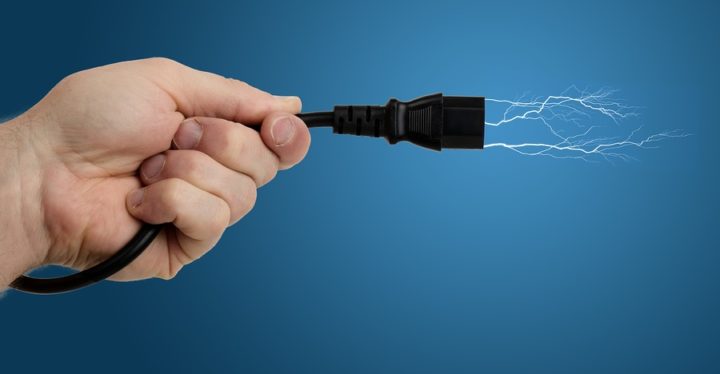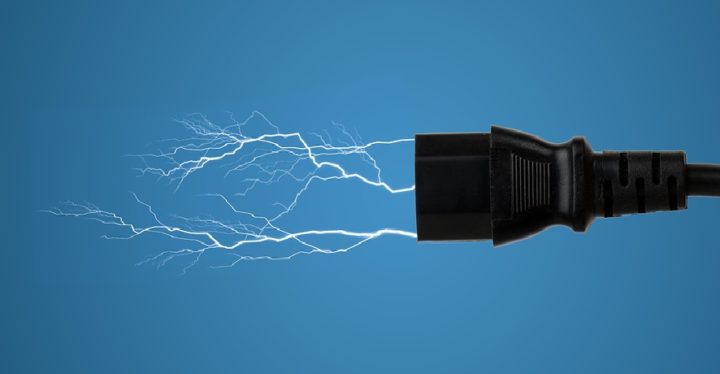Case Study: Incompatible in Mobile Chargers – Need based or Strategic?*
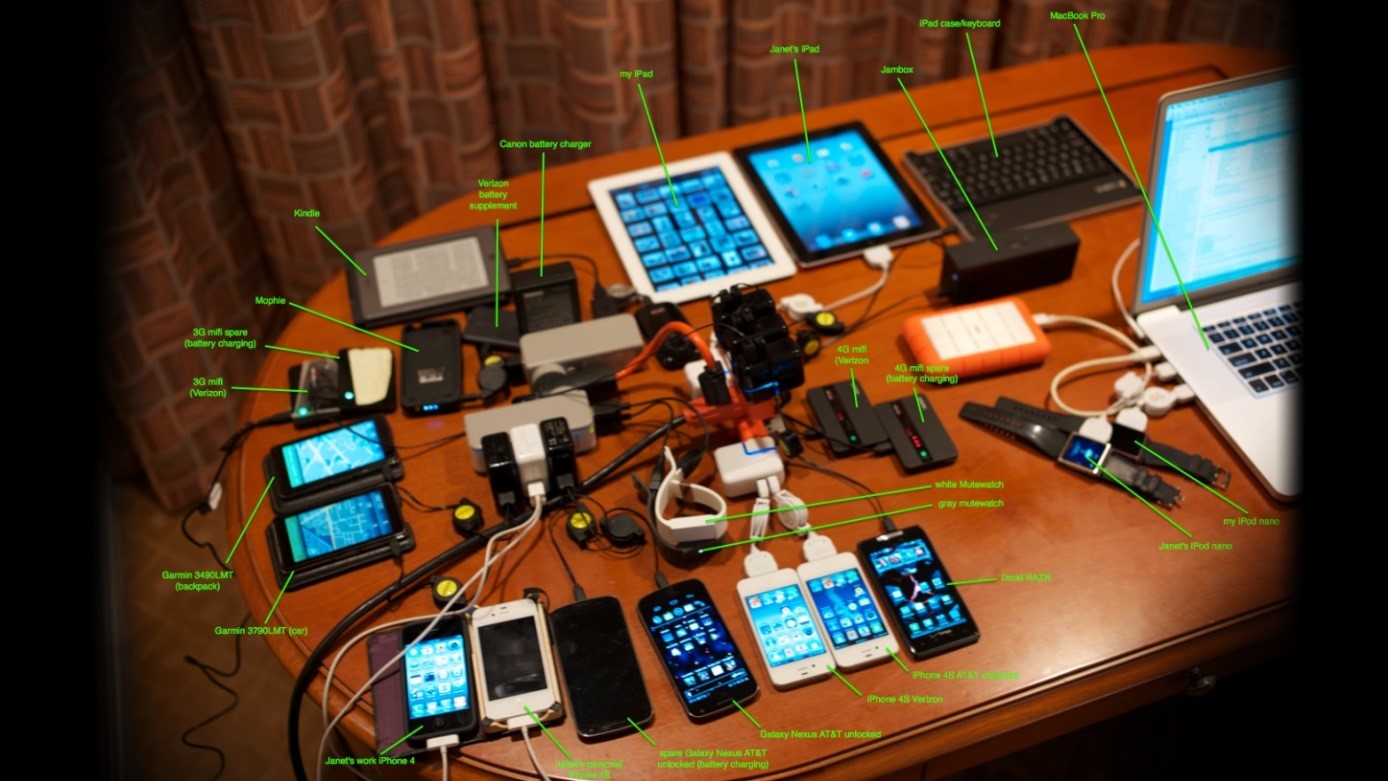
Figure 1: Steve Wozniak, Apple’s co-founders, backpack. Image Source: Gizmodo.com
Jim is a Silicon Valley tech professional who, like many others, carries multiple electronic devices. Along with personal devices like a smart phone, a tablet, and an e-reader, Jim also carries a laptop, a portable hard drive, a personal hotspot, and a small camera. This is typical of many average Americans, who according to a recent survey by Sophos[3], carry on an average three electronic devices, including smart phones, tablets, mp3 players, and e-readers. This might not sound a lot, but considering that personal carry on space is extremely limited and inconvenient, especially for the travelers, people like Jim pay careful attention to selecting how many and what devices to carry, usually based on size, weight, and functionality. For example, Jim ditched his iPod for the built in MP3 player in his smart phone and is now getting ready to dump his portable hard-drive in favor of cloud storage. “Phone chargers to be standardized in 2011[1]”, read Jim on a fine Sunday afternoon in January 2011. The news got him excited. He had been waiting for this for so long that he couldn’t even remember. Jim researched more to confirm and came across several other articles boldly claiming the same; “Universal Phone Chargers Coming in 2011: Samsung, Apple, Nokia, RIM Commit To MicroUSB Standard[2],” “Apple, others agree to universal cell phone charger standard in Europe.” Jim rejoiced and felt a sigh of relief.
Personal carry on space is not just limited but also extremely saturated. There are already devices specialized to handle everything from trading stocks to hiring a cab to measuring how many steps we take in a day. It is a market with high barriers to entry. It is not only difficult to introduce new products in this domain, but also difficult to change people’s habits and make them switch. Imagine how difficult it is to convince someone to move their entire music collection to a different platform. Manufacturers are mindful of these limitations and compete fiercely to bring innovative products to the market – products that are smaller, lighter, and more convenient to use. Unfortunately, one thing that gets overlooked, both by consumers and by the manufacturers, is that each device needs its own charger. Manufacturers oblige by providing a charger, usually, compatible only with the specific device that was sold. That would be just fine if the consumer was carrying only one device, but unfortunately for people like Jim, who carry multiple devices; consumers are forced to carry as many chargers as there are devices. Not just that, every time a Jim buys a new phone, he is paying for a new charger as well. This is a problem not just for him, but also for the environment. Annually, 51,000 metric tons of electronic waste from chargers ends up in landfills just in Europe with worldwide figures crossing few hundred thousand metric tons.
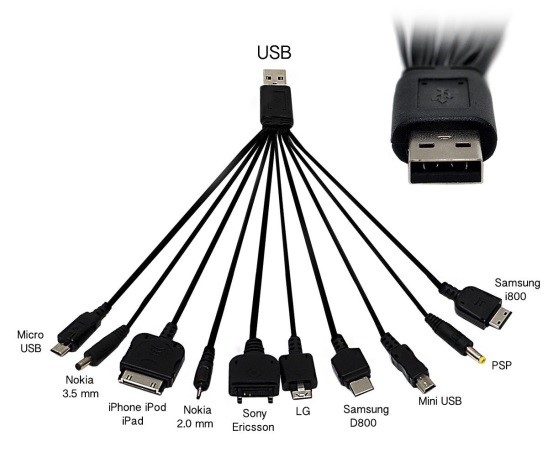
Figure 2: Jim’s universal charger purchased at – http://www.amazon.com/Xcessor-Universal-Charger-BlackBerry-Ericsson/dp/B006L9XHHW
Jim gets frustrated dealing with all these chargers. At home, with family, there were more chargers than there were wall sockets, and while traveling, chargers took up lot of space in his bag. Every once in a while he forgot one at home rendering his device useless. On several occasions he had to buy an expensive replacement costing him a lot of money. His make shift solution of dumping all his chargers and buying a universal charger with 10 different tips was as frustrating as dealing with the chargers themselves. Matching the tips was a pain and the cables would just tangle with each other. Moreover, if one tip failed, it meant Jim had to replace the entire universal charger. Luckily, airports, coffee shops, and few other establishments started providing cell charging stations at least for the two most popular platforms; Apple and Micro USB. While a welcome initiative, it falls short of being an ideal solution, considering that there are more than 100 different cellular phone manufacturers[4], 6000 different cell phone models, and over 30 different types of chargers in the market[5]. It was just one big inconvenience. Jim always wondered why mobile device manufacturers don’t standardize on a single charger. He strongly believed that the manufacturers should not even include a charger with their product. Once the chargers are standardized, a consumer can just buy their own charger and it will be compatible with all devices they own even when they upgrade saving hassle and keeping tons out of landfills. The benefits were enormous both for the consumers and for the environment.
The long wait was over. At last, it was happening. Jim’s wish was coming true. It only took an entire European Union to convince the top 14 manufacturers, with a combined market share of more than 80% of the market, to agree on a standardized charger for smart phones. Apple, Emblaze Mobile, Huawei Technologies, LGE, Motorola, NEC, Nokia, Qualcomm, Research in Motion (RIM), Samsung, Sony, Ericsson, TCT Mobile (ALCATEL), Texas Instruments and Atmel signed an European Commissions memorandum of understanding, for Micro USB based Common External Power Supply specifications, for use with data-enabled mobile phones sold in European Union. While the initiative was a far cry from a real world wide universal charger for all cellular phones, it was the first step in gaining consensus.
Three years since signing of MOU, Jim is still carrying as many chargers as he was when the initiative was first announced. Jim was very disappointed and wondered what happened. First, the MOU was only limited to European Union, even though the scope was defined in global context, leaving out 93% of the world’s population. Second, United States, China, and other major countries did not have or were not interested developing a similar mandate officially. Third, manufacturers, by themselves, did not have an incentive to consensually agree on a universal standard. Fourth, the European Union consensus standards only applied to data-enabled smart phones which had a combined market share of 25%, in 2010, leaving the remaining 75% market still unstandardized. Finally, the standard left out other small personal carry on devices, like hard drives, MP3 players, GPS, non-smart phones, resulting in, lack of interest from manufacturers [6]. According to Stephen Russell, ANEC secretary General,
“The standard undoubtedly holds some benefits for consumers and the environment. But its limited scope is extremely disappointing. Most consumers do not buy data-enabled smartphones and it is hard to understand why buyers of more conventional mobile phones will not be able to benefit from the common charger. We feared this might be a consequence of the voluntary agreement reached between the European Commission and mobile phone producers in June 2009. ANEC had been seeking a more interventionist stance from the Commission. The ambition must now be to include all mobile phones and other small consumer multimedia electronic devices within the scope of this or similar standards. We will look to the Commission for action if the industry does not make a commitment to do so in the very near future.”
The consumer organizations criticized the initiative claiming it will stifle innovation, slow down research, limit manufacturers’ ability to innovate, and limit the functionality of the devices. The biggest blow to the effort came when Apple introduced their new proprietary lightening connector in 2012 suggesting that they were not interested in honoring their agreement with the EU or in cooperating with other manufacturers. To please the European Commission, Apple introduced a Micro-USB to lightening adapter sold exclusively in Europe. Ok, thought Jim, so why did Apple retract on its own promise and why manufacturers are disinterested in extending their cooperation worldwide?
Incompatibility exists in almost all industries. For example, printers have proprietary ink; game consoles have proprietary games and controllers, and likes. Sometimes incompatibility is due to unique requirements of a product which cannot be addressed by an existing technology, while at other times, incompatibility is due to strategic reasons. Sometimes compatibility is required for an industry to function properly, for example, agreements on weights and measures, data exchange, and language, while at other times compatibility is not required but desired for convenience and overall societal good. The decision to maintain compatibility is usually dependent on whether companies want to compete in the market or for the market. Question then is; is the incompatibility in mobile phone chargers due to unique requirements of the manufactures or is it strategic in the sense that it gives them competitive advantage and source of additional revenue?
Unlike parameters like spectrum and networking protocols, chargers have always been viewed as an accessory for mobile phones, incompatibility of which is inconsequential to the normal operations of the phone[7]. This is because the actual charging mechanism is built into the cell phone while the charger basically serves as a power adapter which converts 110-220V alternate current to 5 -5.5V direct current[8]. Thus, at least on the face of it, compatibility may be desired, for example, to address Jim’s inconvenience and to reduce landfills, but it is definitely not required. By this logic, it seems like Apple’s incompliance with the European MOU is a testament that Apple views their chargers as either technically superior or as a source of competitive advantage.
A Micro USB cable has the capability to charge and sync at the same time. The cable itself is relatively cheap because there are thousands of manufacturers churning out millions of them simply by following the industry standards. Apple’s lightening charger, on the other hand, is said to have a proprietary chip that provides additional functionality to the iDevices[9]. The same functionality can be achieved using Micro USB standard and some workarounds, but it looks like Apple is not interested in compromises. The proprietary chip ensures that the imitation is minimal, and authorized reproduction generates royalties. This allows Apple to charge premium on their cables with revenues exceeding 100 million dollars by some estimates[10]. The proprietary technology also allows Apple to charge huge royalties from third party accessories manufacturers bringing in almost $5.5 Billion dollars in 2012, some of which can be directly attributed to accessories using lightening connectors. With these kinds of revenue, it is highly unlikely that Apple will voluntarily adopt Micro USB standards, ever.
This case study was originally written, with the support of NIST grant in 2012, for wired charging standards. Just when it seemed that the industry was deadlocked into competing standards for wired charging, technological advancements in the form of wireless charging provided hope for universally compatible solution by making the needs obsolete. Wireless charging promised to be the solution for all wired problems. It was going to revolutionize the mobile charging and eliminate the need for having charging cables all together. Starbucks already committed to installing Powermat wireless charging stations in its stores all across the United States.
However, four years later, it looks like nothing has changed. The problems and arguments in this article are as valid in the case of wireless charging standards as they were in the case of wired charging standards. Unfortunately, when there are billions of dollars at stake, it is never easy to convince competitors to agree on a technology. Just like multiple charging tips, there are multiple wireless charging standards; Powermat from Power Matters Alliance (PMA), Qi specification from Wireless Power Consortium (WPC), and Rezence by Alliance for Wireless Power (A4WP). And then there is Apple which holds patents and is working on its own proprietary wireless charging solution. It looks like there may never be a single mobile charging standard.
Meanwhile Jim is still hopeful. Three years since the original MOU between 14 companies in EU, European Commission has voted on an updated Radio Equipment Law[11]. All mobile devices sold in the EU member nations will have to be Micro USB compliant by 2017, including iDevices. Jim knows that United States will not follow suit and mandate compliance to the manufacturers. However, Jim is hopeful that the manufacturers will see the benefits to the European consumers and may extend the courtesy in other countries. Meanwhile, Jim continues to carry his big bag full of chargers (in addition to multiple charging matts) hoping against all hopes that one day he will not have to carry anything.
[1] http://hothardware.com/News/Phones-Chargers-To-Be-Standardized-In-2011/
[2] http://www.huffingtonpost.com/2011/01/03/universal-phone-chargers_n_803664.html
[3] http://nakedsecurity.sophos.com/2013/03/14/devices-wozniak-infographic/
[4] http://www.gsmarena.com/makers.php3
[5] http://www.dailymail.co.uk/news/article-2580597/All-mobile-phones-EU-charger-European-Parliament-votes-law-attempt-cut-electronic-clutter.html
[6] http://www.anec.org/attachments/ANEC-PR-2010-PRL-019.pdf
[7] https://www.gov.uk/government/uploads/system/uploads/attachment_data/file/239049/bis-13-1164-directive-on-radio-equipment-response.pdf
[8] http://sindhu.ece.iisc.ernet.in/systemslab/documents/cellphone_chargers.pdf [9] http://chargeall.com/why-is-apple-still-using-proprietary-connectors/
[10] http://chargeall.com/why-is-apple-still-using-proprietary-connectors/
[11] https://www.gov.uk/government/consultations/radio-equipment-directive-proposal
*This case study was prepared as a basis for discussion rather than to illustrate either effective or ineffective handling of a business scenario and/or leadership/role behavior. This case study was part of a project undertaken with the support of a research grant from NIST Measurement Science and Engineering, Standards Services Group, and the Lucas College of Business at San José State University. This case study is distributed under the Creative Commons Attribution-NonCommerical-
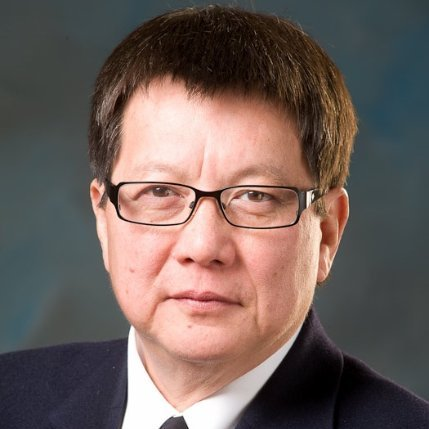 Stephen K. Kwan
Stephen K. Kwan
stephen.kwan@sjsu.edu
Dr. Stephen K. Kwan is Lucas Professor of Service Science in the Lucas College and Graduate School of Business at San José State University, USA. He is currently the Associate Dean of Graduate Business Programs. He was the founding chair of the MIS department and had served as the Senior Associate Dean of the College. He is actively involved in research, teaching, and community activities in Service Science, Management, Engineering, and Design (SSMED). He is a recipient of multiple IBM Faculty Awards, and grants from the National Science Foundation (NSF), and National Institute of Standards and Technology (NIST). He had also worked on projects with TOTVS, Sun Microsystems, Cisco, Microsoft, HP, the State of California, the US Army, etc. His current research interests include Standards Education, Global Trade in Services, Service Systems & Service Value Networks, and Design Thinking for Service System Innovation. He had published in the areas of Service Science, Queueing Systems, Database Management, E-Commerce, Standards Education and Standards Policy. He received a B.S. and M.S. in Computer Science from the University of Oregon, and a Ph.D. in Management from UCLA.
 Nitin Aggarwal
Nitin Aggarwal
nitin.aggarwal@sjsu.edu
Nitin Aggarwal is Associate Professor of Business in the department of Management Information Systems at San José State University. He received his Ph.D. in Business Administration from Texas Tech University. He has published in reputed journals like the MIS Quarterly, Decision Sciences, International Journal of Electronic Commerce, and Electronic Markets. He has also presented his research in a number of national and international conferences such as ICIS, HICSS, and AMCIS. He is a member of the Association for Information Systems, the professional forum for IS professionals. Dr. Aggarwal is an active researcher in the area of standards and standardization. His research includes organizational and governance issues, intellectual property issues, transactional issues, and economic issues involved in standardization.

